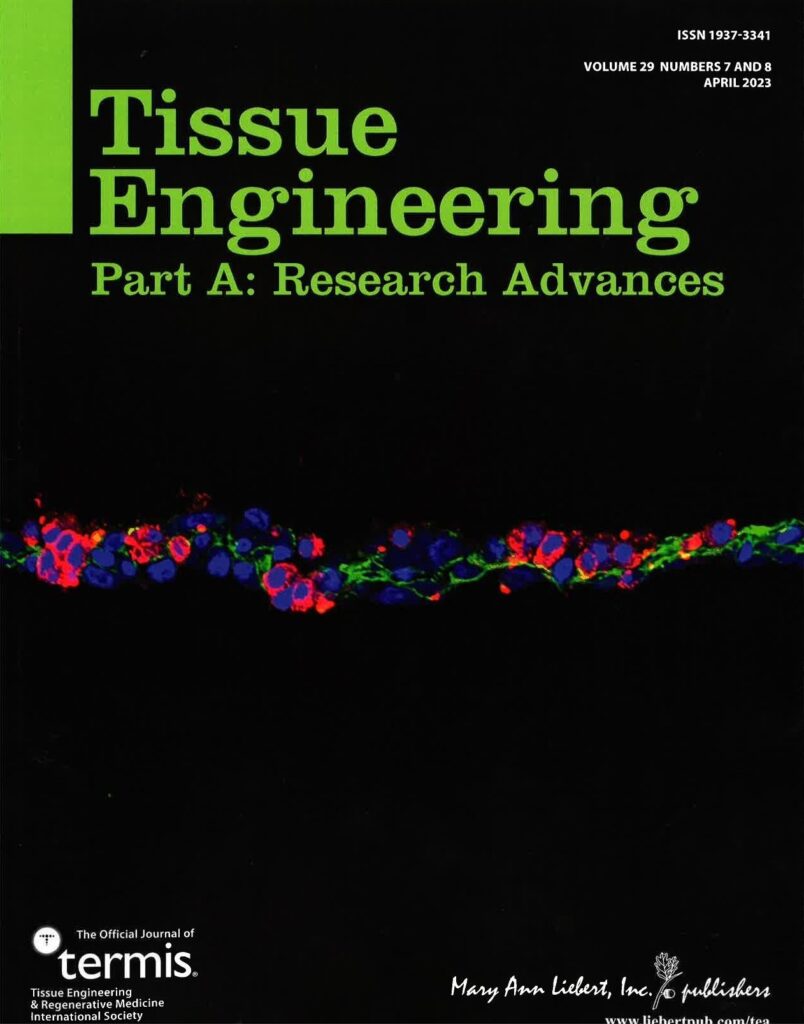本間 順 助教の論文です。
“Tricultured Cell Sheets Develop into Functional Pancreatic Islet Tissue with a Vascular Network”
HOMMA Jun†, SEKINE Hidekazu*, SHIMIZU Tatsuya
Tissue engineering Part A, 29(7-8), 211-224 (2023)
Abstract
Methods to induce islet β-cells from induced pluripotent stem cells or embryonic stem cells have been established. However, islet β-cells are susceptible to apoptosis under hypoxic conditions, so the technique used to transplant β-cells must maintain the viability of cells in vivo. This study describes the development of a tricultured cell sheet, which was made by coculturing islet β-cells, vascular endothelial cells, and mesenchymal stem cells for 1 day. The islet β-cells in the tricultured cell sheet self-organized into islet-like structures surrounded by a dense vascular network in vitro. Triple-layered tricultured cell sheets engrafted well after transplantation in vivo and developed into insulin-secreting tissue with abundant blood vessels and a high density of islet β-cells. We anticipate that the tricultured cell sheet could be used as an in vitro pseudo-islet model for pharmaceutical testing and may have potential for development into transplantable grafts for use in regenerative medicine. Impact statement This research assessed whether tricultured cell sheets containing islet β-cells, vascular endothelial cells, and mesenchymal stem cells were able to form islet tissue. There were two main findings. First, the islet β-cells in the tricultured cell sheet self-organized into islet structures surrounded by a dense vascular network in vitro. Second, triple-layered tricultured sheets engrafted well onto rat muscle and developed into insulin-secreting tissue with an abundance of blood vessels. The tricultured cell sheet could be used as a pseudo-islet model for pharmaceutical testing and may have potential for development into a transplantable graft for application in the clinical setting.




